In his youth, I was very fond of various esoteric teachings. The Internet was not developed, but in bookstores I always found many interesting books in different directions. Physiognomy interested me immediately. Introvertue from nature, I was always easier to look at the face of a person and learn something about him than to tie a conversation. So, the literature on the physiognomy was for a long time won the place on my bookshelf.
Before revealing the most interesting about this teaching, I will say that today this area of knowledge belongs to the pseudonueks along with spiritualism, phrenology and other.
In this article, I will tell you a little about how to read a person in the face.
Fortune telling
Find out what awaits you today - a horoscope for today for all zodiac signsBy numerous subscribers requests, we have prepared an accurate horoscope application for a mobile phone. Forecasts will come for your zodiac sign every morning - it is impossible to miss!
Download free: Horoscope for every day 2020 (Available on Android)
Physiognomy is precisely fortune telling on the face. That is how the literal translation of the name of this area of knowledge from the Greek sounds. The first adept was Galen, who believed that our appearance could say a lot about the inner world. By the way, the definitions of other psychologists, philosophers and other scientists are not so different from the above.
Many adepts of this pseudoscience and today "read" by the person many of his desires and aspirations. They believe that such skills help foresee anyone's behavior. Perhaps such specials even extract some of their benefits.
Japanese tradition of physiognomy
In the West, this science originated in Greece, and in the East - in China. From China, she spread throughout Asia. It is very interesting that in Japan, the physiognomy of the face was widespread. And how else to explain the culture of beautiful theater masks of the Japanese theater?
To understand something about a person in his face, the Japanese speculately divide this part of the body into three parts:
- top;
- average;
- Lower.
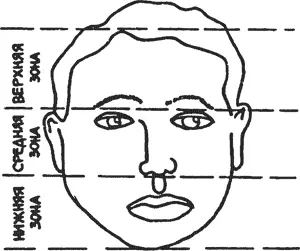
The top of the face - forehead, it turns out that we can say almost more than the rest of the person we lived. What, however, is not surprising. Your forehead condition can say a lot about you aged 15 to 30 years.
- Smooth skin, beautiful on the forehead - man is healthy bodily and spiritually.
Life aged from 35 to 40 is most reflected on the middle part of the person (from the arc to the tip of the nose).
- Harmonious life, complete health and carnal joys expresses the correct, ordered middle zone, without asymmetry and chances.
For age from 50 to 70 years old, the lower zone is responsible, which is very logical. Here are wrinkles, and lowered down the corners of the mouth.
- Beautiful, calm people are beautifully aging in this zone.
Of course, "read the face" for this scheme is not as simple as it seems. It must be learn. But it seems that, starting to read about Japanese physiognomy, you will open a lot of interesting things and find out even more about your family and friends, whose faces surround you every day.
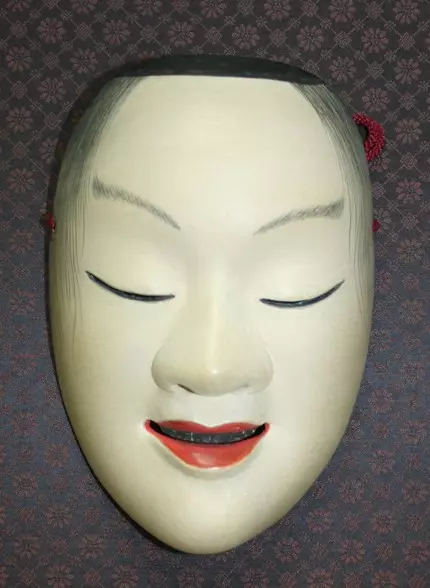
Eyebrows like a lactium paper of our character
Not the most important role of physiognomists give this part of the person. They show our attitude to the world, us surrounding. Eyebrow without a break, asymmetries say that a person in general is well known with the world around.
Hard, as urinary, eyebrows talk about the opposite - a lot of people in the world perceives in the bayonets, and it lives from this not very calm.
Eyebrows growing with hairs up talk about generosity character. Eyebrow tips, lowered down give out a modest man shy.
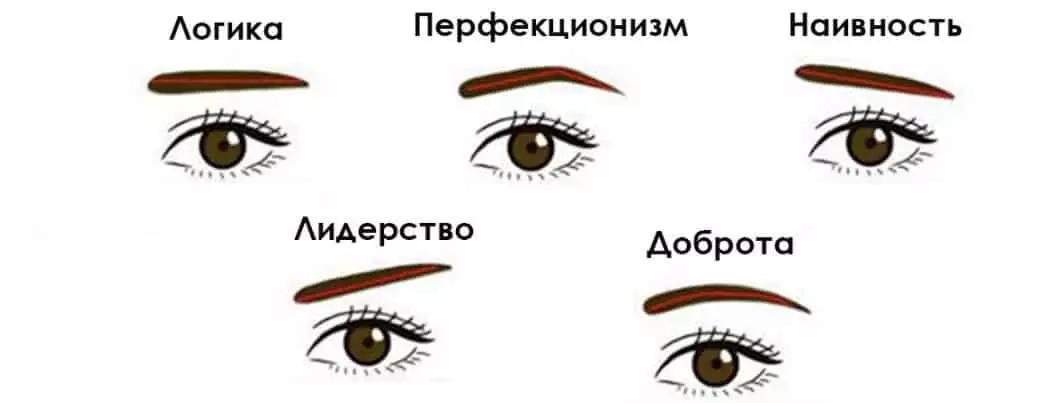
Brow-connected in one line are usually stubborn, persistent and irreconcilable. Both women and men with such a feature have an outstanding character.
Eyes - Soul Mirror
Even if you doubtedly reacted to all of the above, it will be difficult for you to argue with the fact that our eyes are "Soul windows." Not being a physiognomist, in the eyes you can approximately describe the character of a person.
The eyes are big - traditionally a sign of leadership, courage. Little eyes are often found in humans, stubborn.
In calm, peaceful people, the rainbow sheath is wide. At nerve types, she is often small.
You can not ignore their color:
- green - in persistent people;
- Brown - very energetic;
- blue - calm;
- Light carie - in modest.
The location of the eyes and the direction of their main axes is what loves to look at all physiognomists.
- Depending down the corners of the eyes - a tendency to rapid actions.
- Slightly lowered century - excess energy.
- Edems in the lower eyelid - a sign of a rampant life.
- Hanging eyelids - fatigue.
Amazing Japanese counted 40 types of eyes!
- Dragon's eyes are big. Such are in humans.
- Lion's eyes - leaders, present and future.
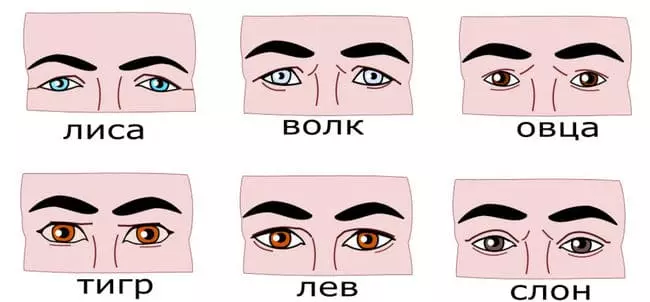
What will tell about the nature of the nose
This part of the person is responsible for the life and spiritual energy of man. The physiognomists even describe the perfect nose - symmetrical, with smooth wings and rounded tip.
- Long nose - people are original.
- A curve nose - in a strong spirit.
- Thin, bony nose - at arrogant.
- Curly, short nose - people with an open soul.
Nostrils and the tip of the nose can also say a lot about the person's personality.
- Large nostrils - a man with mental defects.
- A split tip - in timid people.
- Little nostrils - prone quickly surrender.
Powered up the nose speaks of a person unrestrained, intense. A large nose of a woman sometimes speaks of her rampant life in his youth.
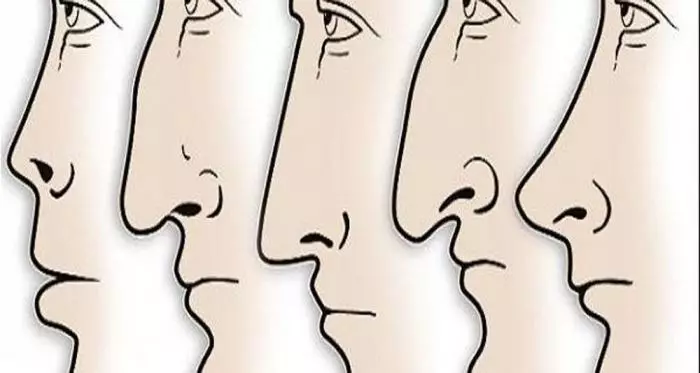
Mouth and lip.
This part of the human person, as a rule, determines the internal energy of man. The norm is considered to be a big mouth in men, and small in women.
Great mouth in women is not perceived very well, because such ladies have a strong character. Alas, here, more than other parts of the face, the rule works:
- People with a little mouth only make that they are trying to survive.
Thin lips indicate the closedness of the character, falling down the lips speak of a person with a strong will, it is difficult to influence this.

Chubby lips - in successful people. The mouth curved in the arc speaks of human sensitivity. At stubborn, one corner of the mouth is lowered down. Wrinkles on the top of the lip talk about calm youth, but years of deprivation in maturity.
Suitable
Let me remind you again - the physiognomy is officially considered a pseudoscience. What, however, does not make it forbidden. To understand the character of the appearance of a person, the physiognomist looks carefully and studies the face, tracing his emotions.
- The Japanese to assess the character of a person speculately divide his faces into three parts and evaluate each of the special criteria.
- The frontal part can say a lot about a person. Wrinkles, skin color - all this plays a role.
- Eyes and eyebrows will tell us even more than we yourself want: eyebrows, hair growth axes, eye color and their location can express our most obvious character traits.
- RTHs and noses are of various shapes and sizes and also reflect our emotionality, the amount of vital energy and character type.
